Up front with a Swiss train driver
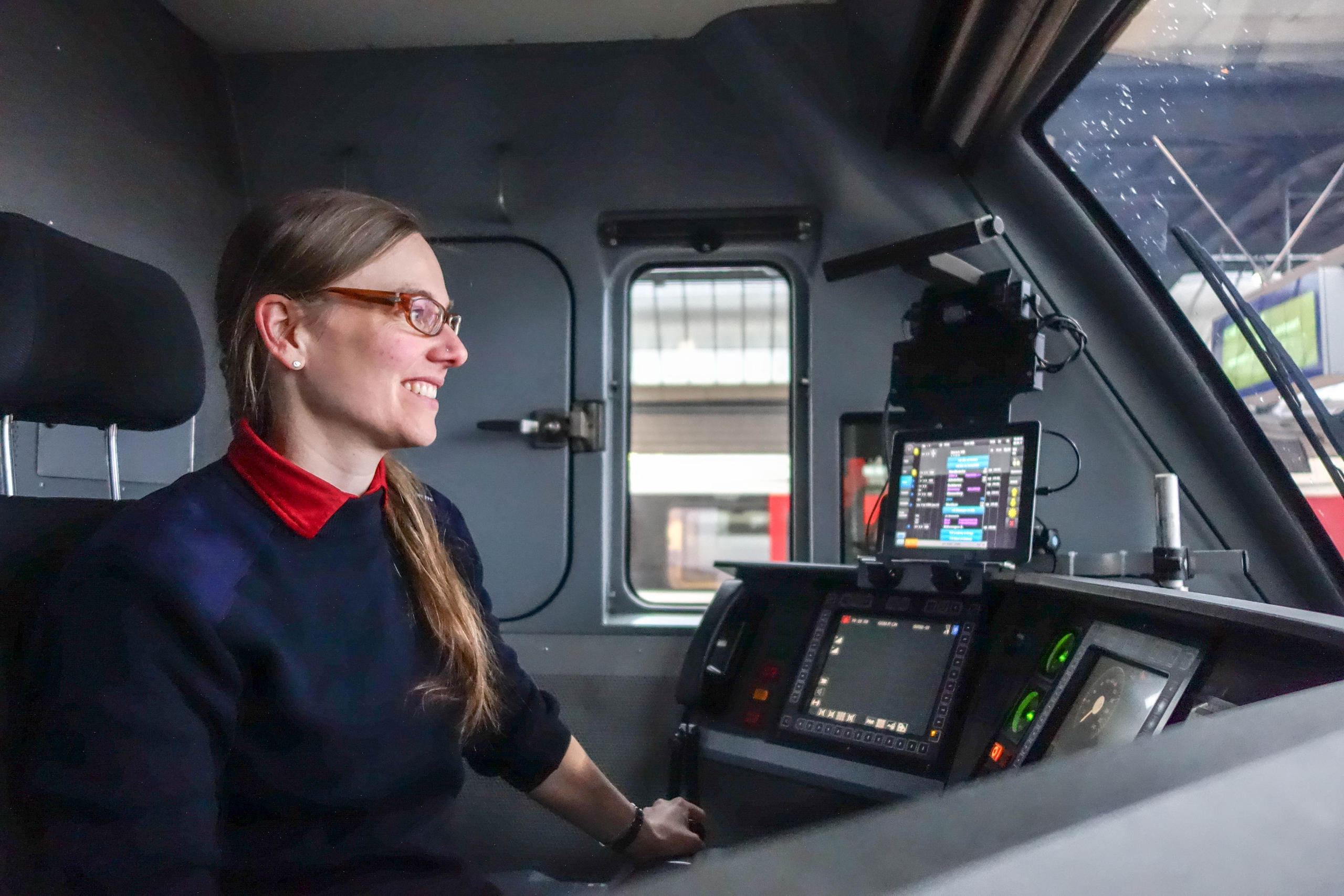
What’s it like to sit in the driver’s seat of a Swiss train? It’s a dream job for one woman, who says she doesn’t fear she’ll be replaced by driverless trains anytime soon.
In the break room before the trip, they ask if I’d like something to drink. Then there’s a hiccup with the coffee machine and I don’t get a full cup, but that’s OK. It would be annoying if I had to pee during the ride! And that brings me to my first question – what if the driver needed to?
“Oh, I just make sure I go beforehand,” laughs Lea Steppacher, who seems genuinely amused at the question. Indeed, once the train is in motion, there’s no way she could leave her post at the controls. It’s not like a plane, where there’d be a co-pilot or an autopilot mode.
Steppacher, 36, has been working for the Swiss Federal Railways for eight years, and she loves it – especially at dawn and dusk.
“There’s nothing more beautiful than a sunrise or sunset ride! You can enjoy looking at it and you get paid,” she enthuses, apologizing for the overcast weather on what would have been a rosy sunset trip from Zurich to Basel. But I’m too excited to mind. I have the privilege of sitting up front with Steppacher – surely the best seat on the train since I can just watch and enjoy the ride.
Confident and energetic, Steppacher wouldn’t see it that way. She’d say her seat is the best because she has control over the train, which, on this evening, is a commuter train pulled by an RE460 locomotive.
“The feeling is indescribable,” Steppacher says, her blue-green eyes sparkling behind her glasses. “To be able to drive a train, and to have control over its speed and power. And to watch the people boarding – hundreds of them at rush hour!”
We pick up speed, and the sights are mesmerizing: tracks curving left and right, traffic signals and other markers I’d never noticed, even the few raindrops skidding across the windshield.
Childhood dream
Steppacher’s love affair with the railways started as a child on family vacations to the Engadine region of Switzerland.
“From a young age I was conditioned to think that trains were wonderful. And as a child they look so much bigger and seem so much faster – plus you’re going somewhere special,” she recalls. Her other childhood dream was driving a big yellow Post bus.
However, she decided to attend university to study history and geography. But just a week after graduation, she noticed an ad recruiting train drivers in Basel.
“I knew right away, that was where my heart was – and still is,” she says. “One of my professors teased me, saying, ‘Well, now you’ll get practical use out of all that geography!’”
Indeed, her work takes her all over the country. One of her favorite routes is from her base in Basel through the Jura region to Porrentruy – on a nimble Stadler Flirt train.
“It’s a whole other world out there – so peaceful. Normally there are trains two minutes ahead of and behind you, but out there it’s a 15-minute gap between trains,” Steppacher notes.
‘Passengers feel everything’
With her university degree plus teacher training, Steppacher could have become a high school teacher. But her aptitude isn’t wasted. In addition to her work as a train driver, she instructs classes of 12-18 recruits every year.
“For them it’s a year of intensive training. It’s very demanding – you need a lot of courage and commitment,” she says. And it’s not for everybody. In every class, it turns out that one or two aren’t suited to the career of train driver.
“Maybe they’re not confident or calm enough. Your movements have to be very controlled because the passengers feel everything,” explains Steppacher, who moves in such subtle ways that it doesn’t look like “driving” as I know it. Many of the buttons on her console remind me of those in a sound studio. There are even faders, except that they’re about the size of her palms.
“With just a few gentle hand movements you can control this giant train. It’s fascinating, and very satisfying,” she says. The most modern-looking item is a tablet that she swipes at occasionally to mark her progress.
Then there’s the “dead man’s pedal” – the oversized brake-like platform where she plants her feet. The pressure of her legs lets the train “know” that she’s alive. If she fell asleep or collapsed, the suddenly unmanned train would come to a halt. During the ride, a quiet alarm keeps going off, too.
It’s just the train double-checking that Steppacher is OK; she replies, “I’m right here, honey!”
At every major Swiss Federal Railways station, there is always a uniformed train driver on stand-by, ready to take over if a colleague can’t drive. Anyway, an unwell train driver would never report for duty; it would be too risky, says the alert woman with the easy smile and long blond ponytail.
Awkward, socially
Our train is re-routed, adding another ten minutes to what should have been a one-hour journey. Steppacher laughs when I say that the extra time is a bonus for me, and I get the impression that she sees it that way, too, especially since this alternate route is prettier. We pass fields of yellow rapeseed flowers, quaint churches and the castle-like Feldschlösschen brewery.
As enthusiastic as Steppacher is about her job, she admits that it has its downsides, such as the irregular hours that go with shift work.
“You have to learn to cope with that. You don’t have so much social contact, and you have to consciously maintain the friendships that you do have,” she says, noting that it’s not unusual for her to turn down Saturday invitations.
Even while working, she spends a fair amount of time alone up in the cab.
“You have to be happy working alone for longer periods of time, and that’s a big responsibility that requires you to be focused,” she points out, but adds that the team of drivers at her base in Basel is great. They compare notes and share tips, and after work, they might get together for a bike ride or other outing.
Racing into the future
The Federal Office of Transport is evaluating a project to introduce driverless trains between Lucerne and Saint Gallen. And earlier this year, Swiss Federal Railways announced in a statementExternal link that it was “furthering the automation of timetable creation, rail operations and train control and is also looking into the possibility of remote-controlled trains”.
Asked about the concept of driverless trains, Steppacher doesn’t believe her job is at risk.
“From a technical standpoint, I really can’t picture those working in our system. But the locomotives do take on more and more of my tasks,” she notes. Meanwhile, her employer has recently invested in a new fleet of trains meant to serve for another 40 years – and they’ve all got a driver’s seat.
Whether she could imagine doing this until retirement?
“I could! I have a lot of older colleagues, some of whom have been driving trains for over 30 years. And despite how things have changed over time, they say that it’s all good in the cab,” she laughs.
If Steppacher ever did get tired of trains, she might revisit her other dream of driving a Post bus in the Engadine. Or she could try her hand at trucks, having completed the training for driving a triple-axle rig.
“I’ve always been fascinated with big heavy machinery,” she chuckles.
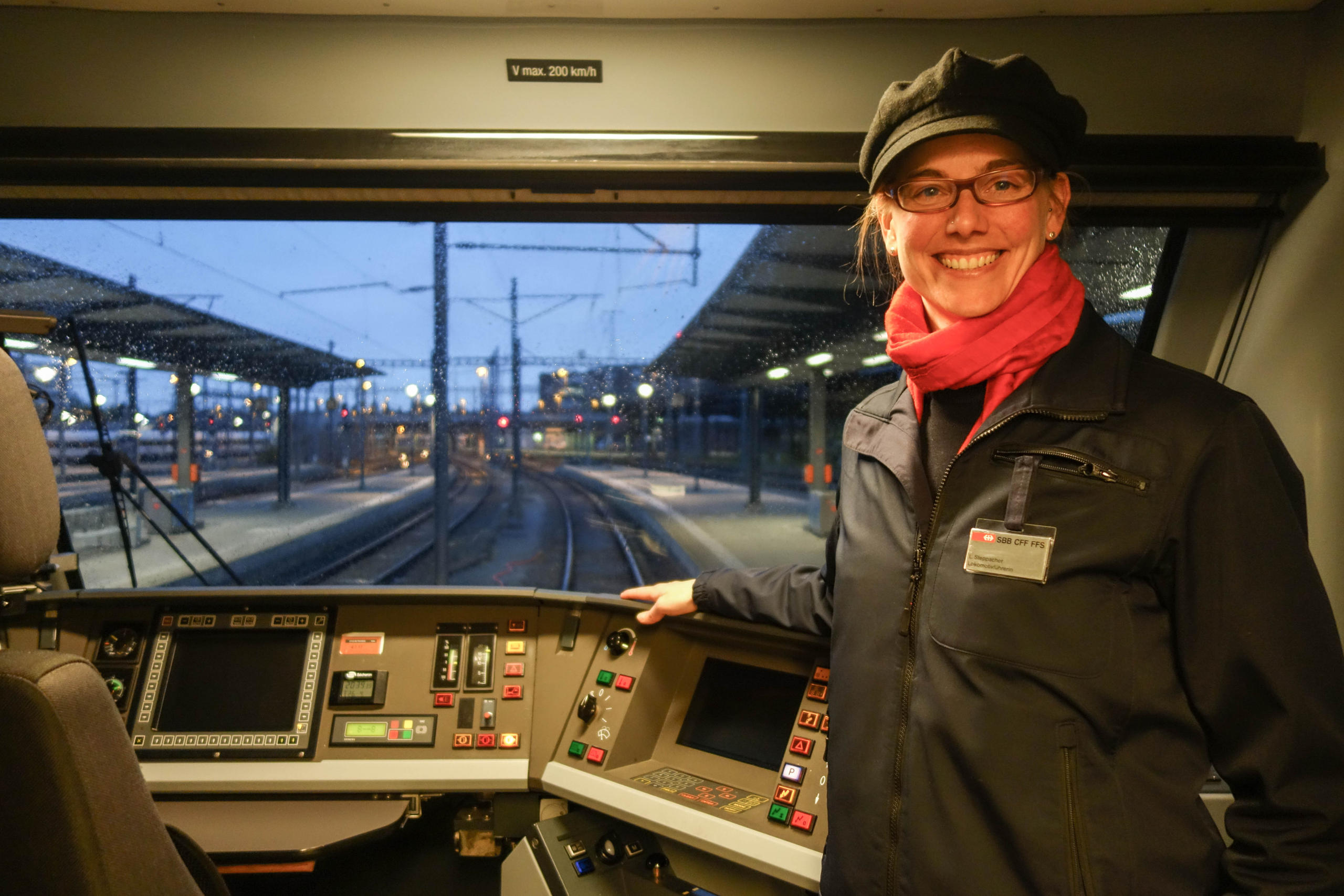
It’s getting dark as we pull into Basel – and it’s the last ride of the day for Steppacher as well as the train. She puts her black cap and red scarf back on, and checks that everything in the cab is in order, even pulling down the window shade before we disembark.
After a few final pictures, we say our goodbyes on the platform. Impulsively, she gives me a little hug and the typical three Swiss kisses. And without ever having thought about it before, I realize that she’s exactly the sort of person I’d want driving my train.
You can contact the author on Twitter @SMisickaExternal link.

In compliance with the JTI standards
More: SWI swissinfo.ch certified by the Journalism Trust Initiative

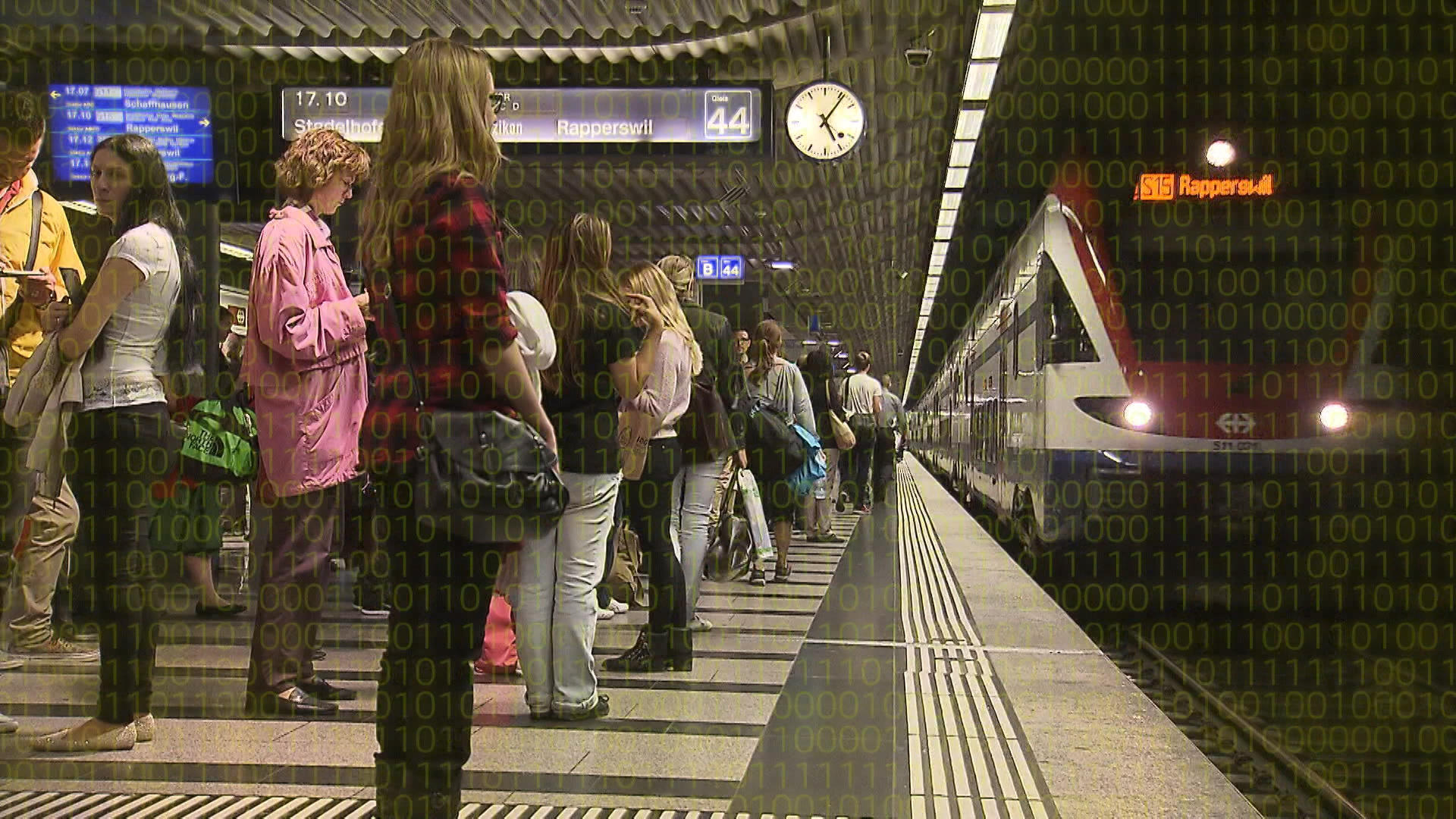

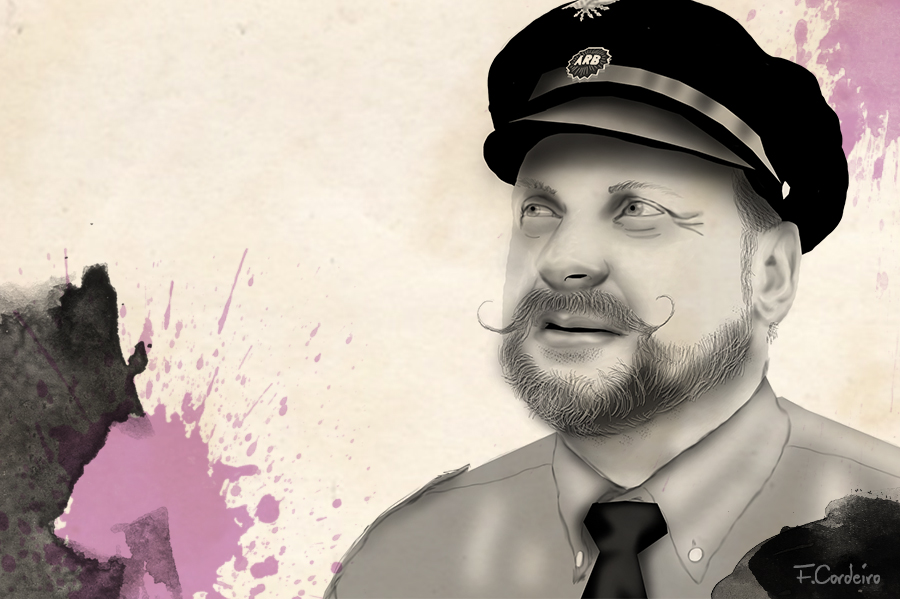
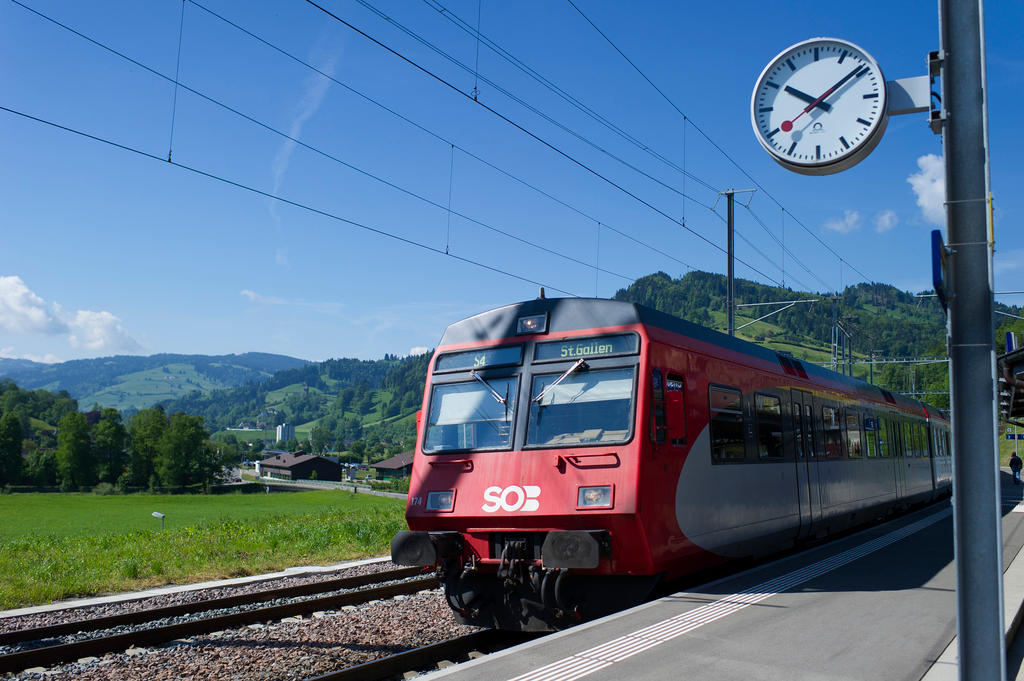
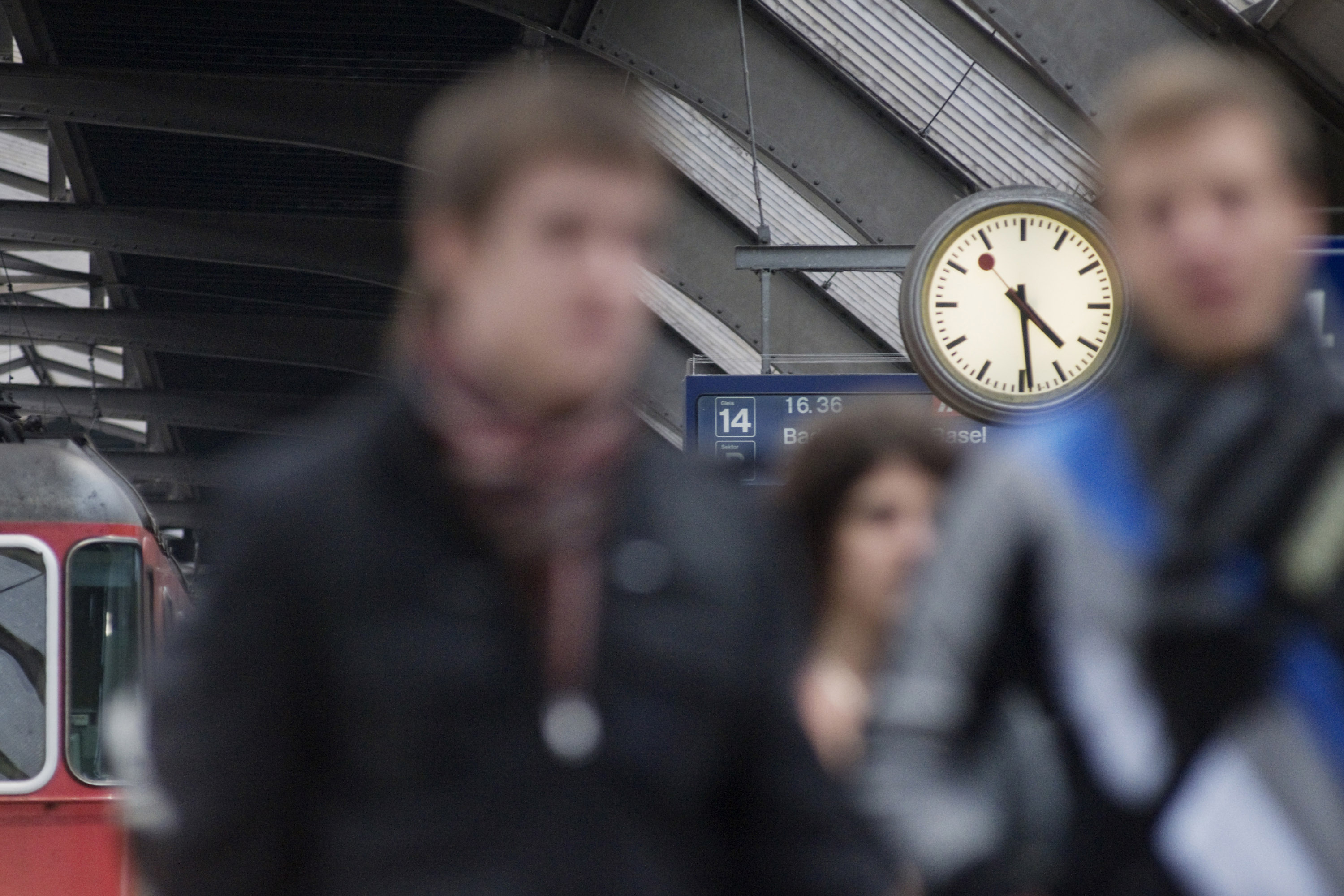
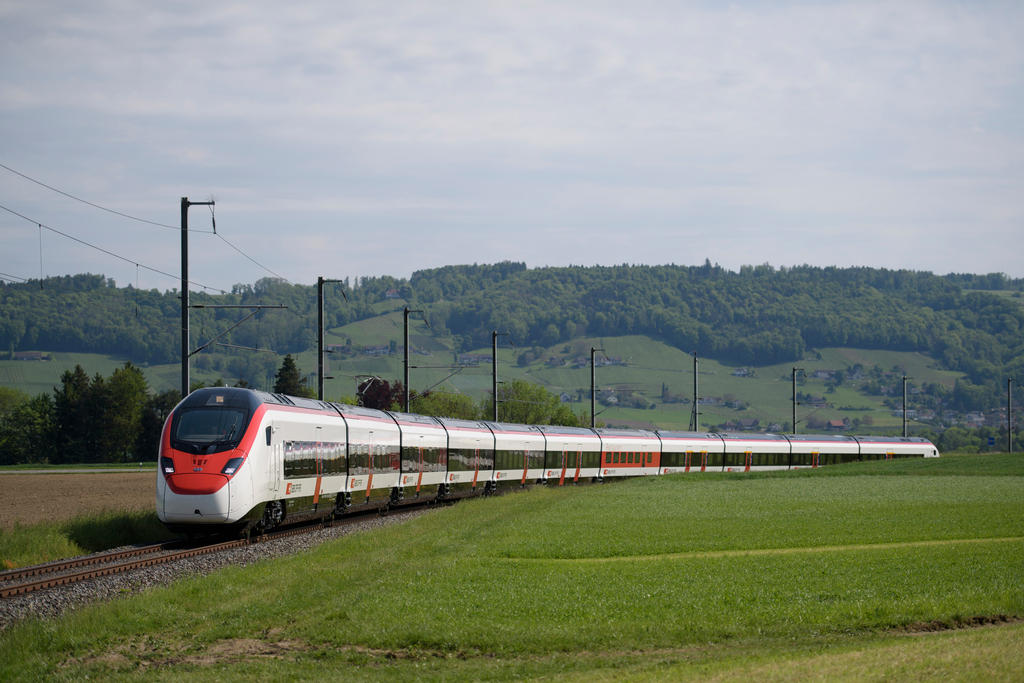
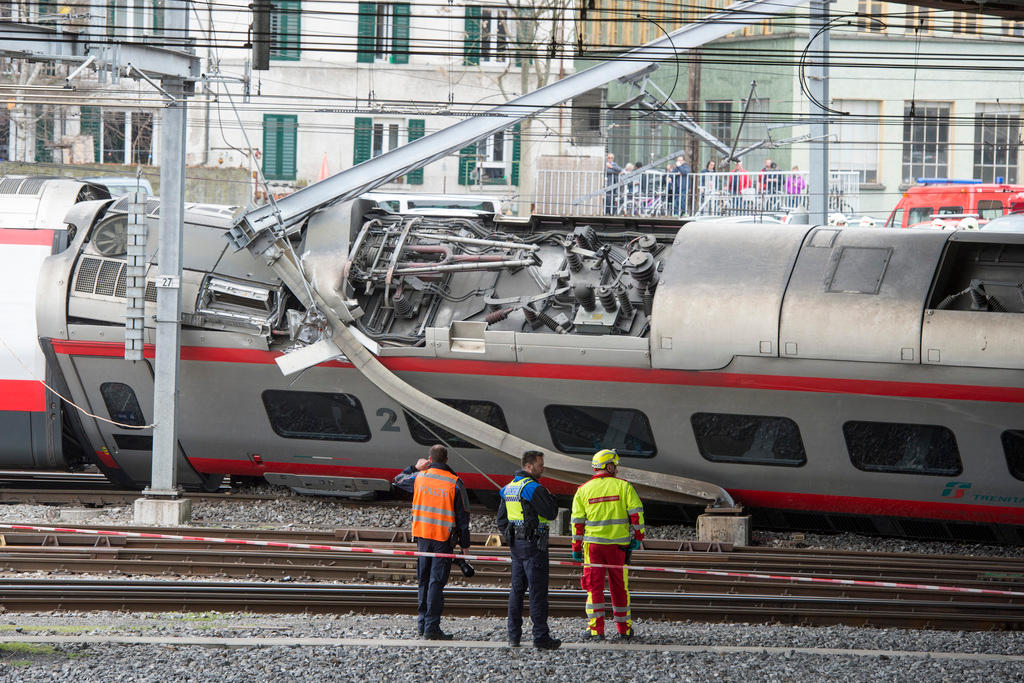
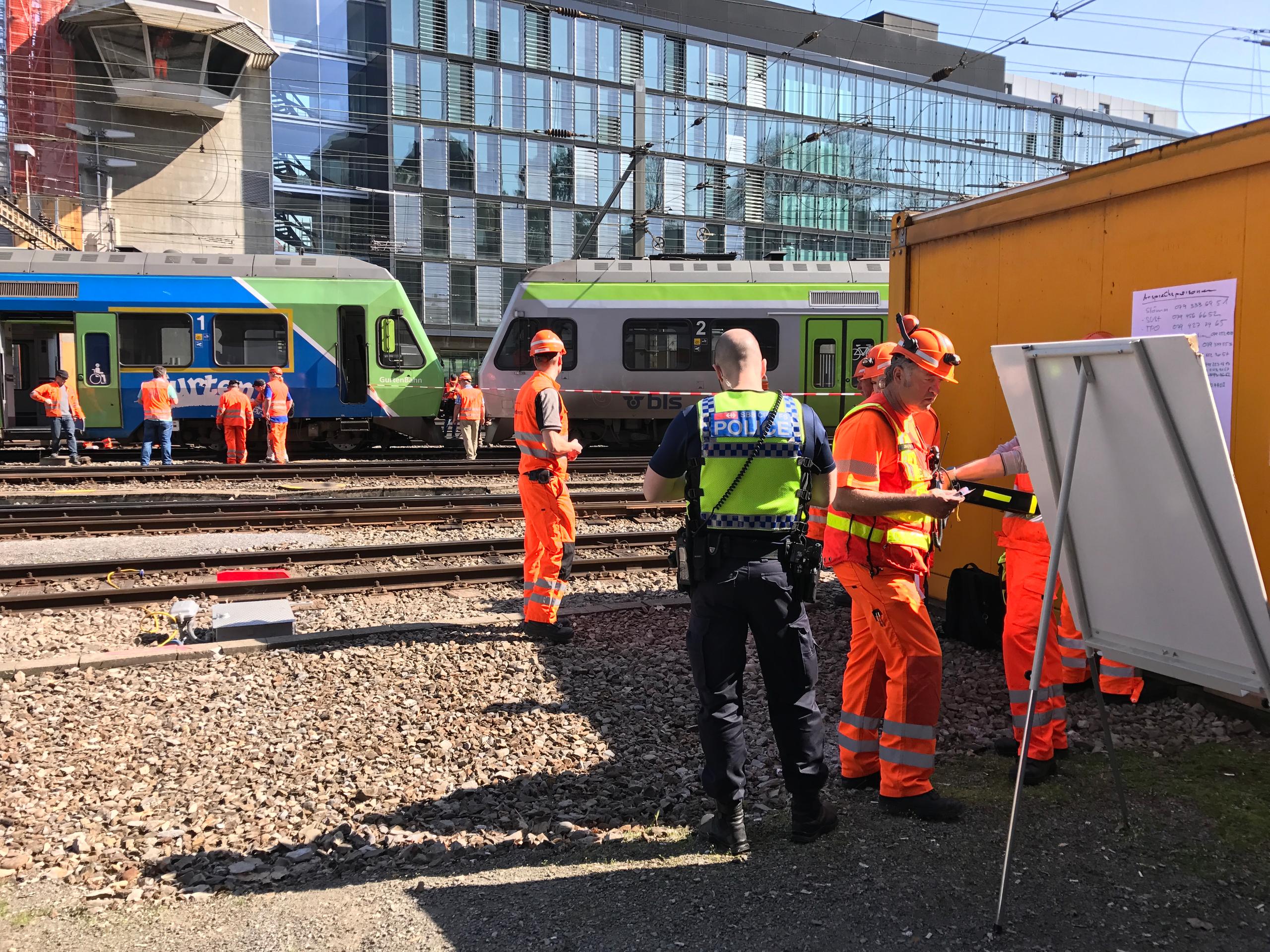
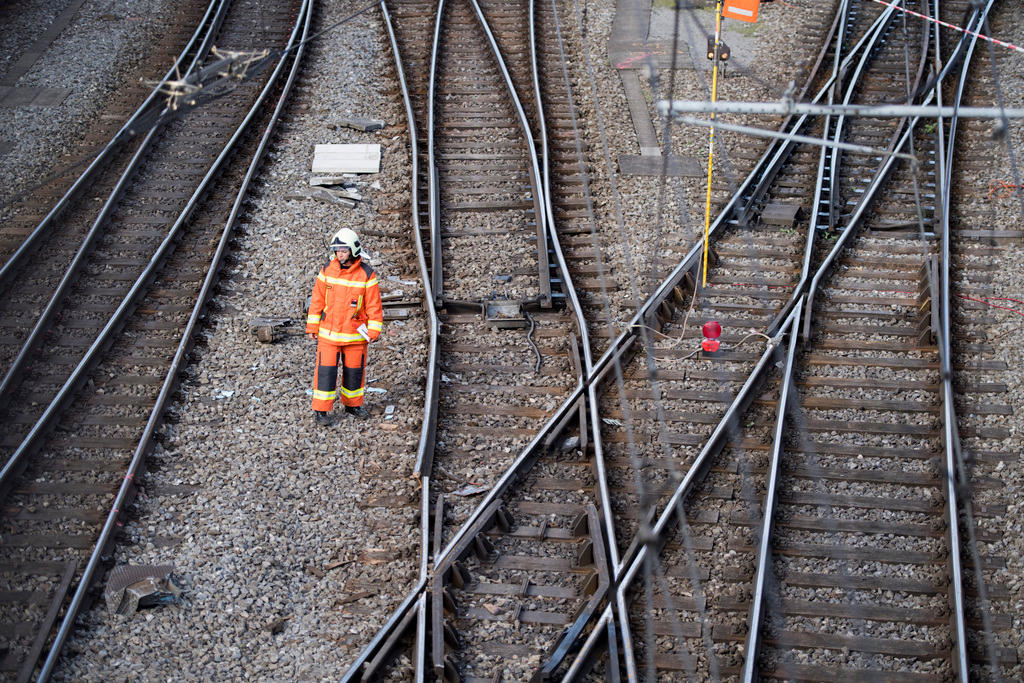
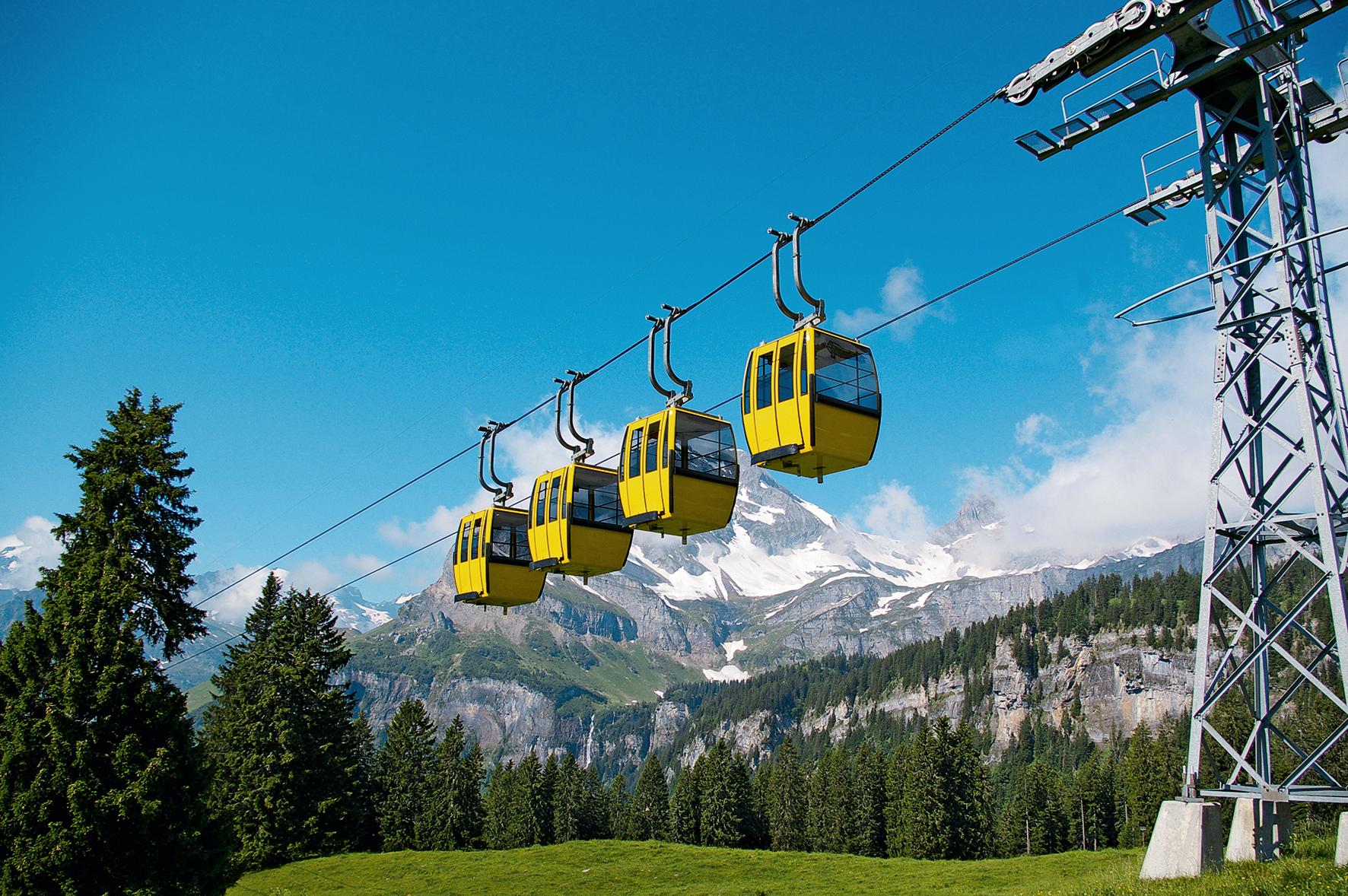
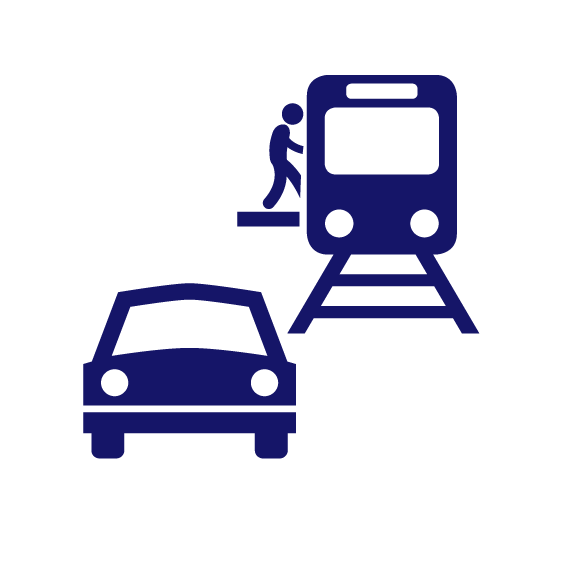
You can find an overview of ongoing debates with our journalists here. Please join us!
If you want to start a conversation about a topic raised in this article or want to report factual errors, email us at english@swissinfo.ch.